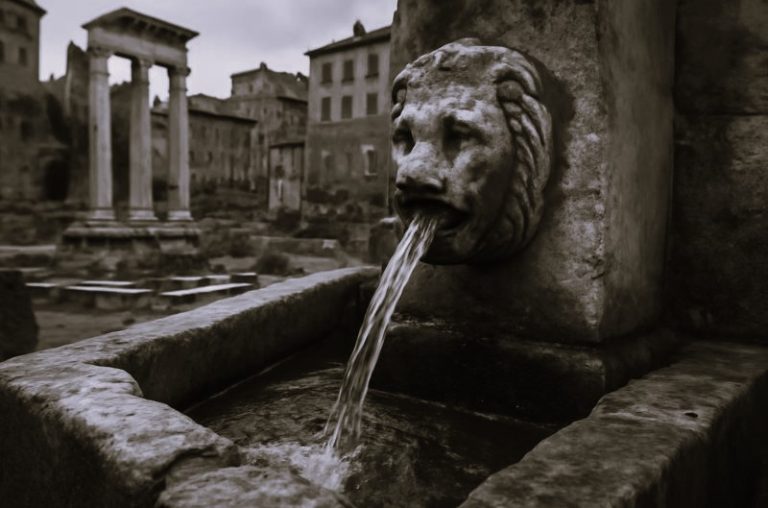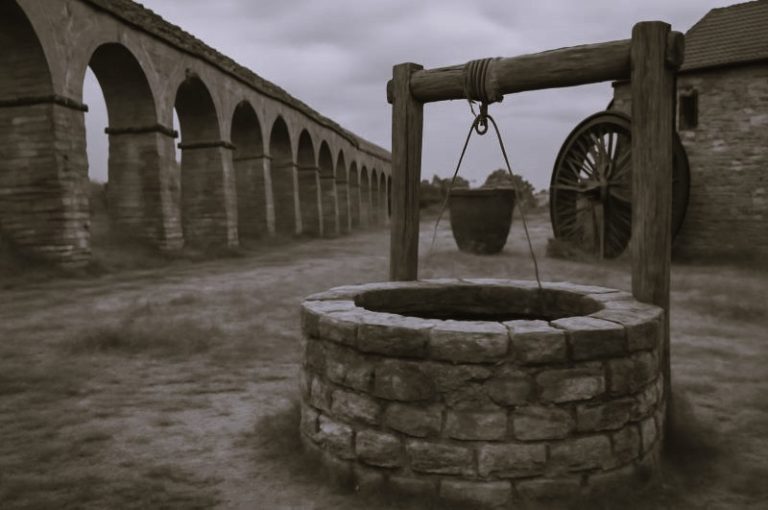


By Donna Scanlon
Business Reference Specialist
Science, Technology and Business Division
Library of Congress
It all started with a tax. What came to be known as the Whiskey Rebellion of 1794, or the Western Insurrection, took place over a period of time beginning in 1791 by most accounts. While some would say the roots go back much further, it was not until March 3, 1791 that Congress instituted an excise tax on distilled liquors that set the rebellion of 1794 in motion.
The western part of Pennsylvania at this time was separated from the east by the Allegheny Mountains. With the majority of the population being farmers, there was often a limited market for the sale of their grain locally and it was difficult to transport the grains to the east for sale. The goods had to be transported by pack horse over the mountains and along dirt roads and the horses could only carry limited amounts at a time. Converting the grain to whiskey made it more transportable and there was a better market for this product.1
Having assumed the debts of the colonies from the Revolution, the government found itself deep in debt. In 1791 Congress approved a bill putting an excise tax on all distilled spirits. The tax, based on the capacity of the still rather than the quantity produced, was required to be paid in cash – something unusual for the time as whiskey was often the monetary unit westerners used to pay for their goods and services – not cash. The tax for the smaller producers was required to be made throughout the year and their cost was about nine cents per gallon. The large producers in the east took less exception to the tax, their cost to get the goods to market was less and they could decrease their tax by increasing their volume, something the farmers in the west were not able to do. They were also able to make annual payments for the tax that amounted to six cents per gallon.2
Already at odds with the government with regard to Indian attacks, the farmers felt that this interference into their business was unjust and encroached upon their rights.3 A meeting at Redstone Fort in July of 1791 began the organized resistance to the collection of the excise tax. Many of the westerners refused to pay the tax and those coming to collect the tax were often ambushed or humiliated, some were tarred and feathered.
Violence continued to escalate and spread to other counties over the next few years. President Washington’s proclamation, in 1792, condemning interference with the “operation of the laws of the United States…” did not calm matters.4 Despite appeals for a peaceful resolution, a militia gathered at Braddock’s Field during the last week in July 1794. On August 7, 1794 the President issued another proclamation calling for the rebels to disperse and return to their homes as well as invoking the Militia Act of 17925 which allowed the President to use State military (militiamen) to put an end to the rebellion.
Approximately 13,000 militiamen from surrounding states marched with President Washington to put down the rebellion. While no real battle ensued, about 150 rebels were arrested. Most were released due to lack of evidence, 2 were convicted of treason and then later pardoned.6
The Whiskey Rebellion was the first test of federal authority in the United States. This rebellion enforced the idea that the new government had the right to levy a particular tax that would impact citizens in all states. It also enforced the idea that this new government had the right to pass and enforce laws impacting all states.
Notes
- The History of Bedford and Somerset Counties by Blackburn and Welfley, published in 1906. Chapter X pages 149 – 154. Transcribed and donated by Batha Karr.
http://www.rootsweb.ancestry.com/~pasomers/hbs/chapter10.htm
- The Whiskey Rebellion, Friendship Hill National Historic Site. National Parks Service, U.S. Department of the Interior.
http://home.nps.gov/frhi/historyculture/whiskeyrebellion.htm
- Creigh, Alfred. History of Washington County. Appendix, Chapter IV, p 61. Accessed from Google Books:
http://books.google.com/books?id=qEsVAAAAYAAJ&printsec=frontcover&dq=history+of+washington+county
- Alcohol and Tobacco Tax and Trade Bureau, U.S. Department of the Treasury. The Whiskey Rebellion,
http://www.ttb.gov/public_info/whisky_rebellion.shtml - Militia Act of 1792, Available online from the Constitution Society at:
http://www.constitution.org/mil/mil_act_1792.htm
- The Whiskey Rebellion,
http://www.ttb.gov/public_info/whisky_rebellion.shtml
Originally published by the United States Library of Congress, 08.12.2015, to the public domain.






